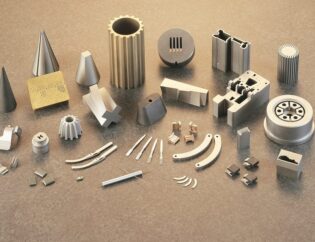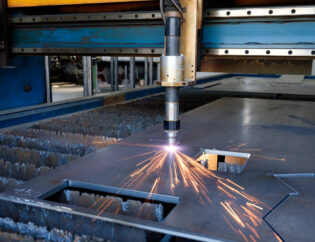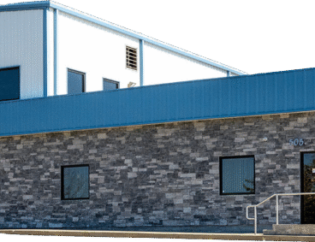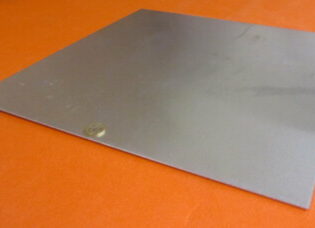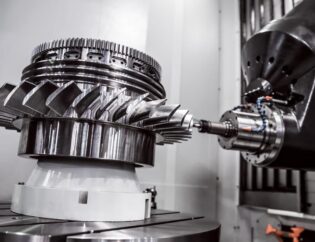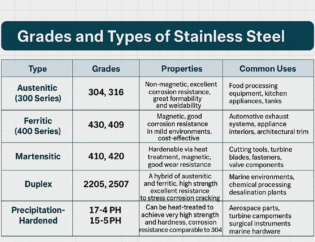Carbon fiber 3D printing represents a significant advancement in additive manufacturing, combining the lightweight properties of carbon fiber with the versatility of 3D printing technology. This guide delves into the intricacies of carbon fiber 3D printers, exploring their unique capabilities and applications across various industries.
Readers will gain insights into the benefits of using carbon fiber in 3D printing, including enhanced strength, durability, and reduced weight. We will also cover the types of carbon fiber filaments available and the specific printer requirements for optimal results.
Additionally, this guide will provide practical tips for successful printing, maintenance, and troubleshooting, ensuring that both beginners and experienced users can maximize their carbon fiber printing experience. By the end, readers will be equipped with the knowledge to make informed decisions and elevate their 3D printing projects.
The Complete Guide to Carbon Fiber 3D Printing
Carbon fiber is strong, stiff, light, and increasingly affordable to 3D print for companies, engineers, and designers. Carbon fiber is an effective replacement for many metal parts in the industry, with 3D printing offering faster prototyping, functional testing, and end-user part carbon fiber production. So, for any decision makers looking to implement carbon fiber 3D printing into their workflow, we’ve summarized all your carbon fiber 3D printer options under $10,000.
Understanding Carbon Fiber 3D Printing
Carbon fiber 3D printing has revolutionized the manufacturing landscape. It combines the lightweight and strength of carbon fiber with the versatility of 3D printing technology. This guide will delve into the technical features, types of carbon fiber printers, and their applications.
Technical Features of Carbon Fiber 3D Printers
When considering a carbon fiber 3D printer, it’s essential to understand the technical specifications that differentiate them. Below is a comparison table highlighting key features:
| Feature | Description |
|---|---|
| Build Volume | The maximum size of the object that can be printed. |
| Print Speed | The speed at which the printer can produce parts, typically measured in mm/s. |
| Nozzle Type | Hardened steel or ruby nozzles are preferred due to carbon fiber’s abrasiveness. |
| Temperature Range | The extruder and heated bed temperatures required for optimal printing. |
| Filament Compatibility | Types of filaments that can be used, including carbon fiber composites. |
| Extruder Type | Single or dual extruders for multi-material printing. |
| Enclosure | Whether the printer has an enclosed build area to maintain temperature. |
Types of Carbon Fiber 3D Printers
There are two primary types of carbon fiber 3D printers: chopped carbon fiber printers and continuous carbon fiber printers. Each has its unique characteristics and applications.
| Type | Description |
|---|---|
| Chopped Carbon Fiber Printers | Use filaments mixed with short carbon fibers, enhancing strength and stiffness. |
| Continuous Carbon Fiber Printers | Utilize long strands of carbon fiber, providing superior strength and durability. |
Advantages of Carbon Fiber 3D Printing
- Strength and Durability: Carbon fiber parts are significantly stronger than traditional materials, making them ideal for demanding applications.
- Lightweight: The low density of carbon fiber allows for lightweight designs without compromising strength.
- Versatility: Carbon fiber can be used in various industries, including aerospace, automotive, and consumer products.
- Cost-Effective Prototyping: Rapid prototyping capabilities reduce time and costs in product development.
Applications of Carbon Fiber 3D Printing
Carbon fiber 3D printing is utilized in various sectors, including:
– Aerospace: Lightweight components for aircraft and drones.
– Automotive: High-performance parts for racing and luxury vehicles.
– Medical: Custom prosthetics and surgical tools.
– Consumer Products: Durable and lightweight items like sports equipment and gadgets.
Conclusion
Carbon fiber 3D printing is a game-changer for industries seeking to enhance product performance while reducing weight. With advancements in technology, the accessibility of carbon fiber printers has increased, making it feasible for businesses of all sizes to adopt this innovative manufacturing method. Whether you are a hobbyist or a professional, understanding the nuances of carbon fiber printing can help you make informed decisions.
FAQs
1. Do I need a special printer for carbon fiber?
Yes, a printer with a hardened nozzle and a suitable temperature range is essential for printing carbon fiber.
2. What is the difference between chopped and continuous carbon fiber?
Chopped carbon fiber is mixed with thermoplastics, while continuous carbon fiber uses long strands for superior strength.
3. Can I use regular filaments in carbon fiber printers?
Many carbon fiber printers can also print with standard filaments like PLA and ABS, but specialized settings may be required.
4. How do I maintain a carbon fiber 3D printer?
Regularly check and replace nozzles, clean the build plate, and ensure proper calibration to maintain print quality.
5. What industries benefit most from carbon fiber 3D printing?
Industries such as aerospace, automotive, and medical are among the primary beneficiaries due to the material’s strength and lightweight properties.
For more insights on carbon fiber 3D printing, visit resources like www.3dsourced.com, all3dp.com, www.pcguide.com, printingatoms.com, and 43dprint.org.

